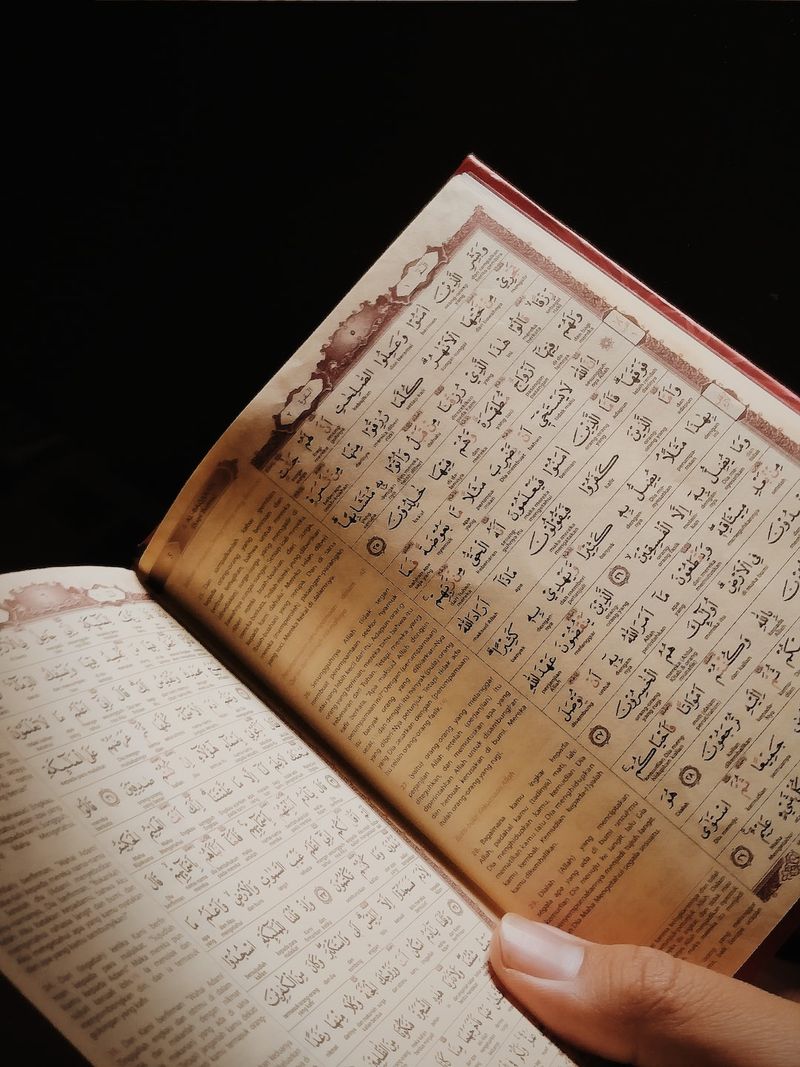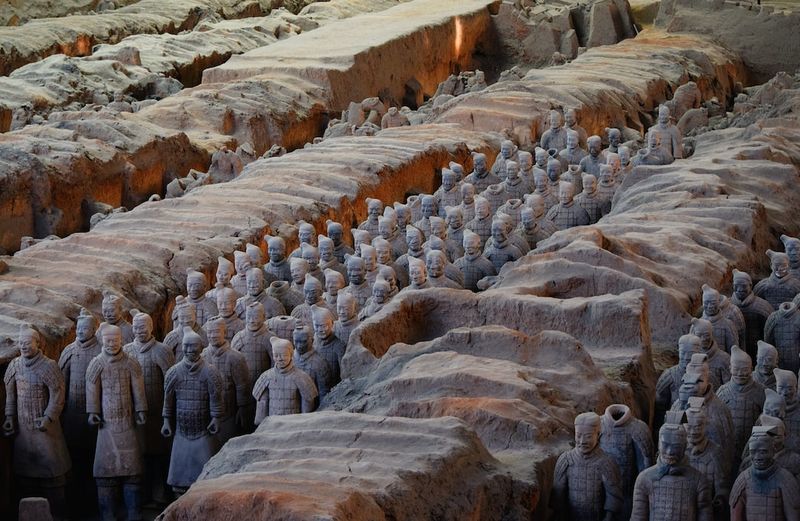Celebrating the Sociocultural Heritage of Eid al-Adha in Arab Countries
Eid al-Adha, also known as the Feast of Sacrifice, is a cherished occasion celebrated by Arab countries. It encompasses diverse rituals, expressions of joy, and revered traditions that hold immense significance. While certain customs and rituals of Eid are similar across many Arab countries, each country adds its own special touch, drawing inspiration from its societal and historical heritage. As a result, the celebrations of Eid al-Adha have distinctive characteristics that reflect the unique culture and customs of each Arab country.
The Unique Celebrations in Iraq
Iraqi kleicha, a delectable treat exchanged during Eid al-Adha, is a symbol of the celebrations in Iraq. This treat comes with various stuffings, such as date and walnut. The process of making kleicha involves a family gathering where the dough is kneaded by hand, molded into small artistic shapes, and baked. During Eid, families compete with each other by decorating and designing their kleicha in creative ways.
In addition to kleicha, Iraqi breakfast tables during Eid often include kahi, a delicate pastry, and kaymak, a rich and high-fat Iraqi cream. These dishes add to the festive spirit and strengthen the sense of community and togetherness during Eid in Iraq.
Egypt’s Joyful Traditions
Egypt is renowned for its unique and joyful celebrations of Eid al-Adha. A prominent tradition in Egypt is visiting the graves of deceased loved ones to offer Eid felicitations. Egyptians traditionally avoid visiting graves on the first day of Eid and use the sacrificial animal’s blood to stamp walls and cars at the slaughter site, believing it protects against envy. In some regions, people even follow the animal’s trail of blood to claim their portion.
Another customary practice in Egypt is the application of henna and perfumes to the sacrificial animals. The distribution of the entire sacrificial animal’s meat to the poor is also a notable custom observed in certain regions of Egypt, particularly impoverished areas. These traditions showcase the generosity and community spirit of the Egyptian people during Eid.
Morocco’s Distinctive Celebrations
In Morocco, Eid al-Adha starts with attending the prayer. Moroccans wear traditional festive attire decorated with distinctive Moroccan patterns and ornaments. They gather for the Takbeers before heading to the streets and public squares to partake in the celebrations.
One of the unique rituals in Morocco is the Boujloud tradition, where individuals wrap themselves in goat or sheep skins and wear colorful masks. They parade through the city in straight lines, accompanied by the rhythmic beats of drums and songs. Additionally, Morocco is known for its diverse and unique Eid al-Adha dishes, such as qadeed, slices of sun-dried meat, and Moroccan tea.
Yemen’s Tradition of Gifting Asb
Despite Yemen’s challenging economic and living conditions, Yemenis uphold the tradition of gifting Asb during the days of Eid. Asb refers to the money or valuable gifts given to women and children by male family members as a symbol of congratulations and blessings. It serves as a gesture to renew and strengthen relationships within families, and the money received during Eid is often used to meet essential needs.
Sudan’s Unique Rituals
Sudanese people engage in unique and distinct rituals during Eid al-Adha, also known as the Great Eid. The festivities typically begin with family members gathering at the home of a senior family member to perform the Eid prayer. Sudanese men wear new white robes and turbans as they head out for the prayer, and upon their return, they exchange greetings with neighbors and relatives.
One of the lively traditions in Sudan is Zafet al-Eid, where hundreds of men, women, and children take to the streets on the Arafah day, accompanied by popular folk groups, to celebrate the arrival of the holiday. Another tradition is drinking sharbout, a popular Sudanese beverage prepared by soaking dates in water and adding various spices, believed to aid digestion.
Saudi Arabia’s Communal Celebrations
In Saudi Arabia, Eid al-Adha customs share similarities with Eid al-Fitr customs. However, specific popular dishes highlight Eid al-Adha in the Kingdom. One distinctive feature is the communal Eid breakfast in southern villages, where members of the community gather and everyone brings homemade dishes. Folk dances in Jizan villages are also a notable part of the celebrations in Saudi Arabia.
Palestine’s Challenging Celebrations
Many Palestinian customs during Eid al-Adha resemble those of other Arab countries. However, the Israeli occupation poses challenges and restrictions, dampening the joy of the Palestinians. The Israeli-imposed checkpoints at the gates of al-Aqsa Mosque and the closure of the Rafah border crossing often disrupt travel plans and celebrations for Palestinians.
Despite these challenges, Palestinians celebrate the occasion inside occupied Palestine. They visit graves, make Eid cookies, and create an atmosphere of joy and happiness. In Gaza, a special type of cookie called Asawer, made from flour and date paste, is prepared. Children eagerly await their Eidiyahs or Eid cash gifts from visiting relatives and acquaintances.
Common Arab Rituals
While each Arab country brings its own unique customs and traditions to Eid al-Adha, there are also common rituals across Arab countries. The offering of the sacrificial animal, cleaning the house, buying new clothes, and preparing and offering Eid cookies are shared practices that reflect Arab generosity, hospitality, and the joy of Eid.
Eid al-Adha is a time for celebration, faith, and sacrifice. It is a time for communities to come together, showcase their traditions, and strengthen the bonds of family and friendship. As Arab countries celebrate their sociocultural heritage during Eid al-Adha, it is crucial to remember that economic and security factors should also be considered to ensure the well-being and safety of all members of society.
All photos by Khaled DESOUKI / AFP

<< photo by Rizki Yulian >>
The image is for illustrative purposes only and does not depict the actual situation.
You might want to read !
- The Countdown Begins: Glastonbury 2024 Ticket Release Date Revealed
- Double the Fun: Luton’s Eid Celebrations Bring Joy with Funfairs and Fireworks
- Editorial Exploration: Analysis of the availability of tickets for Rudimental’s upcoming concert at Crystal Palace in August.
Title: “The Remaining Opportunity: Get Your Tickets for Rudimental at Crystal Palace in August!”
- Tragic Loss: Delving into the Mysterious Drowning of Nicola Bulley
- The Magic of Summer Solstice: Brace Yourself for an Unforgettable Festival Experience
- Unveiling the Radiant Rhythm: Summer Solstice Draws Near in Edinburgh 2023
- Roman Kemp’s Reign Continues: Another Triumph at the TRIC Awards
- Stormzy’s Bold Move: A New Era for AFC Croydon Under his Ownership
- “The Power of Music: Tony Christie’s Fundraising Track Aims to Support Dementia Research”
- Indiana Jones: Harrison Ford’s Epic Return for a Final Adventure
- London Mayor Hopeful Daniel Korski Accused of Sexual Assault: Exploring Allegations and Accountability
- “Revisiting the Classics: Blossoms and Rick Astley Pay Tribute to The Smiths at Glastonbury 2023”
- Tony Christie’s Poignant Tribute to Overlooked Dementia Carers
- Capturing the Excitement: 27 Breathtaking Photos from Eastbourne Tennis Championships
- United by Remembrance: Dunkirk Veterans Bridge the Divide to Visit German Paratroopers




